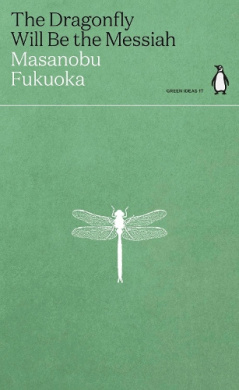Description
The Thar Desert, also known as the Great Indian Desert, is a large, arid region in the 2 northwesternpartoftheIndiansubcontinent.Withanextentof280,000km ,itisthe 17th largest desert in the world. It lies mostly in the Indian state of Rajasthan, and extends into the southern portion of Haryana and Punjab and into northern Gujarat. The Thar Desert is bounded in the northwest by the Sutlej River, in the east by the Aravalli Range, in the south by a salt marsh known as the Rann of Kutch, and in the west by the Indus River. In spite of the fact that climatic conditions are very harsh, this extremely hot region of the country exhibits a vivid and spectacular biodiversity. It is an important area biologically, at the con?uence of very different habitats, namely grassland, sand dunes and rocky expanses as well as forested domains. Due to the diversi?ed ha- tats, the vegetation and animal life in this arid region are very rich. Some wildlife species, fast disappearing from other parts of India, are found in large numbers in this desert, such as the Great Indian Bustard, Blackbuck, Indian Gazelle and Indian Wild Ass in the Rann of Kutch. The Desert National Park is an excellent example of theThar Desertecosystem, anditsdiverse fauna.The region isahaven formigratory and resident desert birds. 1. The Thar of Rajasthan (India): Ecology and Conservation of Desert Ecosystem K.K. Sharma & Satya P. Mehra 2. Climate and micro climate changes influencing the fauna of the hot Indian Arid Zone A S Rao 3. Dung Beetle (Coleoptera : Scarabaeidae : Coprinae) of Thar Desert of Rajasthan and Gujarat Ram Sewak 4. Ants (Hymenoptera : Formicidae) of Thar Desert of Rajasthan and Gujarat Neena Tak 5. Spiders in the Desert National Park C. Sivaperuman and N.S. Rathore 6. Species richness and dominance of reptiles in Aravali foothills of Rajasthan Shalini Gaur 7. Present status of the Vultures in the Great Indian Thar Desert A.K Chhangani 8. Structure of an arid tropical bird community, Rajasthan C. Sivaperuman, Sumit Dookia, P.L Kankane and Q.H. Baqri 9. Changing avian diversity of the Jodhpur, Western Rajasthan Himmat Singh 10. Avifaunal diversity in the IGNP canal area, Rajasthan, India C. Sivaperuman and Q.H. Baqri 11. Impact assessment of Indira Gandhi Canal on Avifauna of Thar Desert Mohd. Idris, Partap Singh & Smriti Johari 12. Eco-status of chiropteran fauna in and around Jodhpur, Jaisalmer and Bikaner of Great Indian Desert Ashok Purohit & K. B. Vyas 13. Eco-biodiversity of Rodent fauna of Thar Desert Mohamed Idris 14. Primates in the Thar Desert Agoramoothy 15. Status of Indian Gazelle (Gazella Bennetti Sykes, 1831) in the Thar Desert of Rajasthan, India Sumit Dookia 16. Revival prospects of larger mammals in the Thar desert of Rajasthan P.L. Kankane






